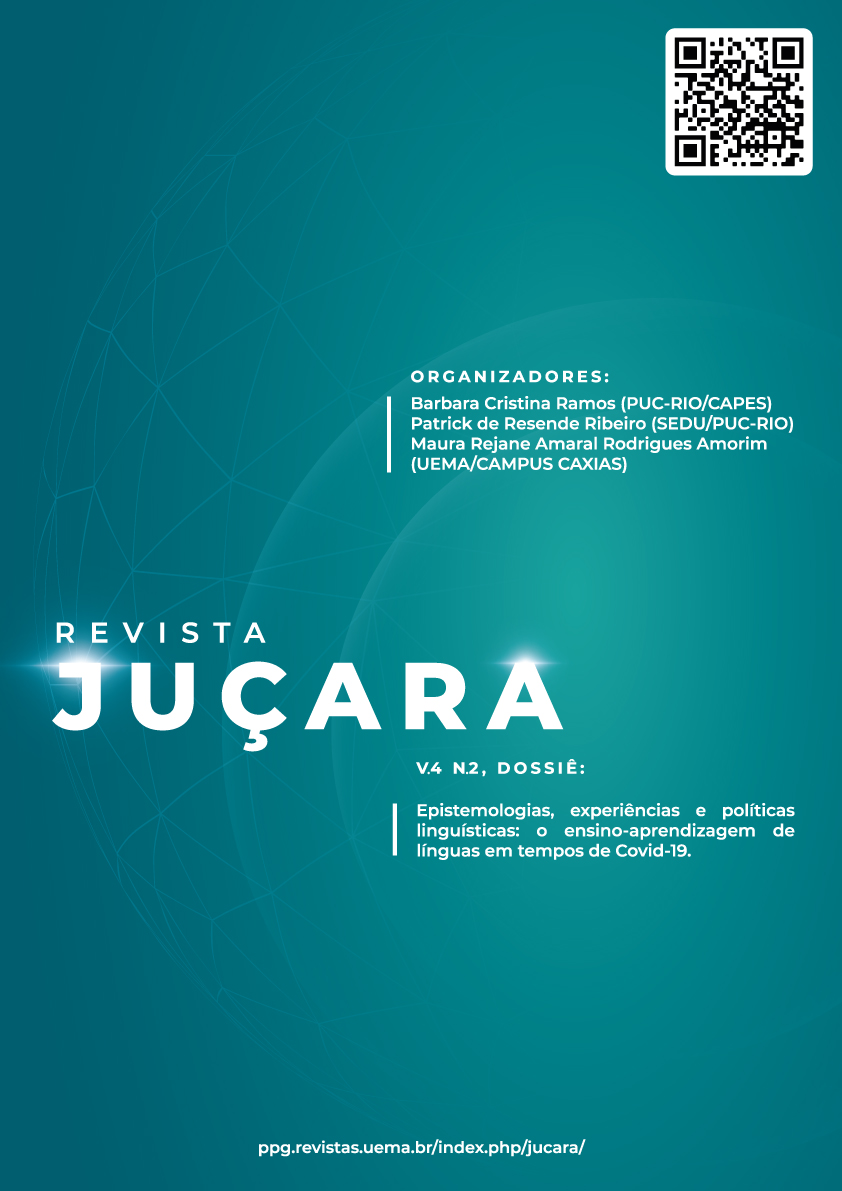ARCHETYPAL IMAGES IN THE WORK OF ERNESTO SABATO: A COMPARED STUDY BETWEEN HIS PAINTING AND THE NOVEL THE TUNNEL
DOI:
https://doi.org/10.18817/rlj.v4i02.2398Abstract
ABSTRACT: This article presents an intertextual analysis of the archetypal images of the novel The Tunnel (1948), by the Argentine writer Ernesto Sabato transposed into his paintings, thus providing an opportunity for a comparative analysis not yet explored of the work. This study is based on the perspective of Analytical Psychology applied to the methodology of Comparative Literature as an instrument of Literary Criticism, based on the archetypal image of the shadow as the guiding thread of the Sabato’s narrative, it is the confession of a passionate crime narrated by Juan Pablo Castel, protagonist of the novel. The theoretical support comes from the studies of Jung (2002), Hillman (2018), Jacobi (2016), Ulson (1988) and Von Franz (2002) in the dialogue with Sabato's paintings: Something that happened in my studio (1994) ) and Someone observes the studio of an absent painter (1981) that resignify the archetypal shadows of the literary text to the pictorial text, expressed in the excessive use of dark tones, in the expressionist and disturbing character of the characters and in the symbolism of death in the author's paintings. Thus, the intersemiotic process of the literary text of The Tunnel (1948) for the pictorial universe is configured as an extension of the author's narrative, revealing the archetypal symbology of images as a critical instrument in the interpretation of literary and visual languages.
Keywords: The Tunnel. Archetypal Images. Literature. Analytical Psychology.
Downloads
Published
How to Cite
Issue
Section
License
Copyright (c) 2021 Vilma Rodrigues Mascarenhas, José Wanderson Lima Torres

This work is licensed under a Creative Commons Attribution 4.0 International License.
A submissão de originais para a Revista de Letras Juçara implica na transferência, pelos autores, dos direitos de publicação. Os direitos autorais para os artigos publicados nesta revista são do autor, com direitos da revista sobre a primeira publicação. Os autores somente poderão utilizar os mesmos resultados em outras publicações indicando claramente a Revista de Letras Juçara como o meio da publicação original.


